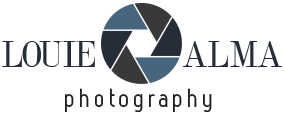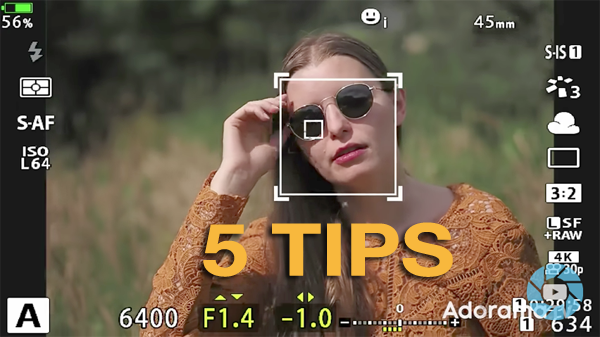High-Key Photography Explained
Overexposure is usually considered a bad result in photography – something to be avoided at all costs. The same is true of blown-out backgrounds and overcast skies. But sometimes, this “high-key” look can be exactly what a photo needs. In this article, I will explain how to use the tool of high-key photography to your advantage to take better pictures in tricky lighting conditions.








